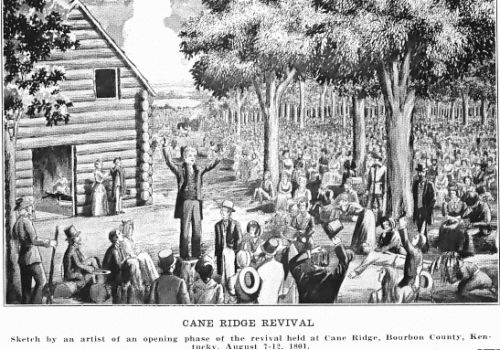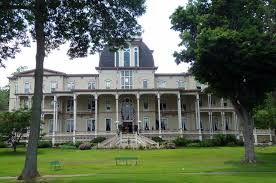Educational Experiments: The Chautauqua Movement
The 19th-century Lyceum movement, an early form of adult education, was an important precursor to the Chautauqua Movement. Lyceums numbered 3,000 by 1834 with lectures, discussions, and debates including the topic of establishing public schools.
At the same time, religious camp meetings were held in frontier areas, where people without regular preachers would travel to a site to listen to itinerant preachers, pray, sing hymns and feel part of a community. The practice was a major component of the Second Great Awakening.


The Methodists found success at the camp meetings, in particular in finding new converts, and became the primary denomination to carry on the tradition. After the Civil War, some of the camp meetings established semi-permanent sites for summer seasons such as those in Ocean Grove, New Jersey; Cape May Point, New Jersey; and Oak Bluff’s in Martha’s Vinyard.

In 1874, a permanent summer home, the Chautauqua Institution, was established on Chautauqua Lake in New York as an educational experiment in vacation learning. Almost immediately it expanded beyond courses for Sunday school teachers to include academic subjects, music, art and physical education.
